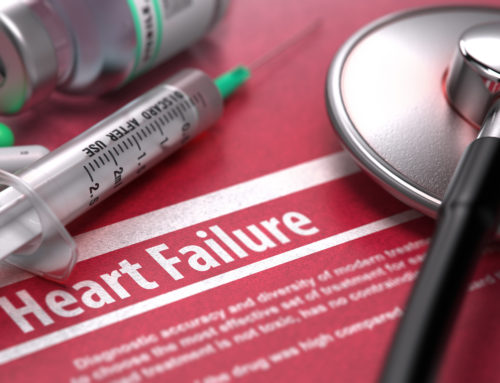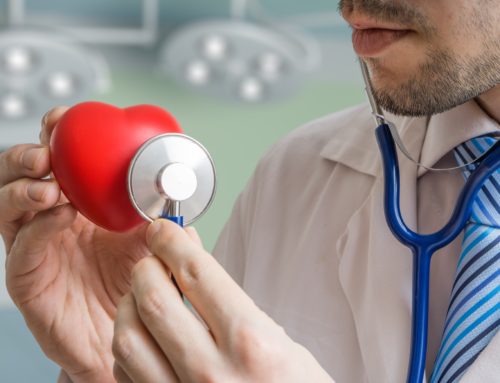Researchers used gene transfer to block the expression of one of the two main enzymes that break down alcohol in the liver, leading to the accumulation in liver cells of acetaldehyde, a metabolic byproduct of ethanol.
The inability to metabolise acetaldehyde produces strong effects in people, such as dizziness and palpitations, leading people to avoid alcohol and representing a novel approach to treating alcoholism, as described in an article published in Human Gene Therapy, a peer-reviewed journal from Mary Ann Liebert, Inc, publishers.
In the article titled ‘AAV Gene Therapy for Alcoholism: Inhibition of Mitochondrial Aldehyde Dehydrogenase Enzyme Expression in Hepatoma Cells’ researchers Anamaria Sanchez, University of Chile, Santiago and R Jude Samulski, University of North Carolina, Chapel Hill and coauthors used an adeno-associated virus (AAV) vector to deliver a nucleic acid fragment called a small hairpin (sh)RNA into human liver cells in the laboratory. The shRNA targets and silences the gene for aldehyde dehydrogenase (ALDH2), reducing expression of the ALDH2 enzyme by up to 90 per cent. As a result, when exposed to ethanol, the gene therapy-treated cells had 50 per cent higher acetaldehyde levels.
‘Alcohol and other substance use disorders, together with the associated problem of suicide, are driving an alarming increase in mortality among middle-aged Americans in recent years,’ explained Editor-in-Chief, Terence R Flotte, MD, Celia and Isaac Haidak Professor of Medical Education and Dean, Provost, and Executive Deputy Chancellor, University of Massachusetts Medical School, Worcester, MA.
‘What has not often been recognised is that genetic factors account for over 70 per cent of the risk of alcoholism, based on twin studies. This suggests that genetic therapy would be a logical approach. These investigators have targeted one of the best established genetic contributors and demonstrated strong proof-of-concept data with a rAAV vector-mediated shRNA approach. This bodes well for future development of this therapy.’








